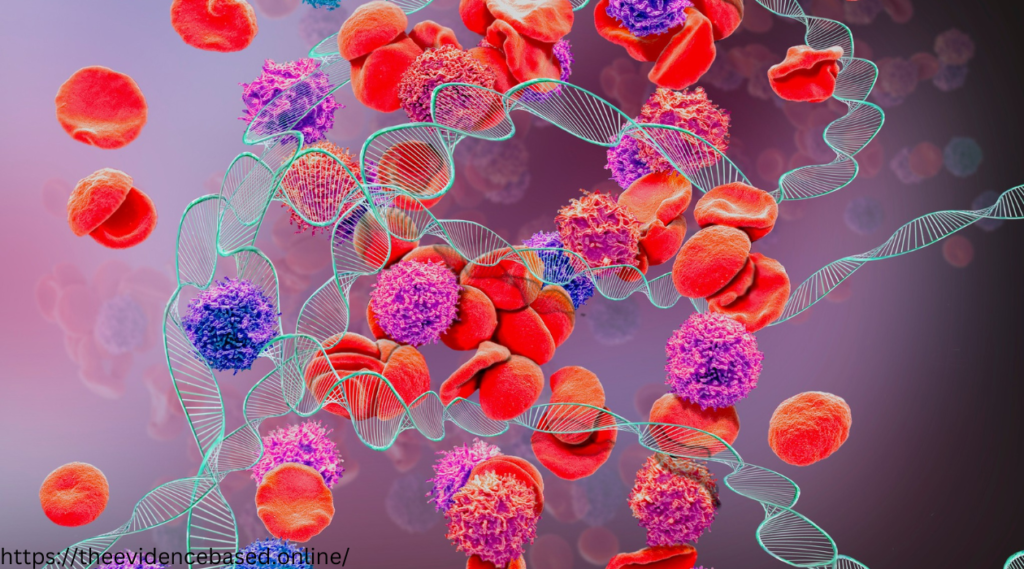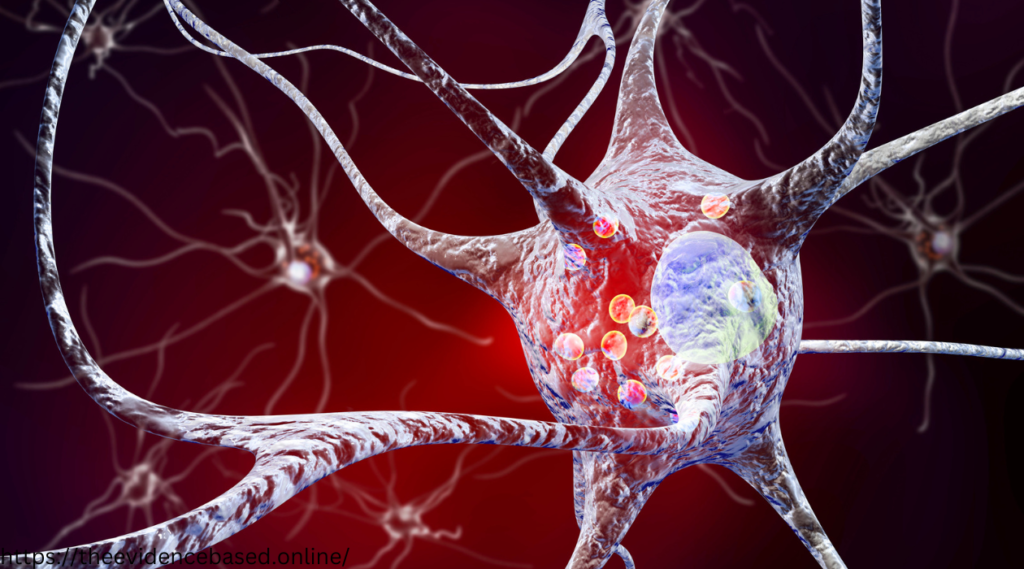Sickle cell disease is caused by (SCD) is a widespread genetic condition impacting millions of individuals worldwide. With its roots deeply entrenched in a complex interweaving of genetic and environmental factors, comprehending the causes of SCD is crucial not just for those living with the disease but also for healthcare providers and the broader public. This detailed exploration of the causes of SCD will provide valuable insights into the condition and its management, ultimately fostering a more empathetic, supportive community for those affected.
Genetic Basis of Sickle Cell Disease
At the core of SCD lies a single-point mutation in the gene that encodes the beta-globin subunit of hemoglobin, a protein crucial for red blood cells to transport oxygen. This inherited disorder follows an autosomal recessive pattern, meaning a child must inherit two abnormal beta-globin genes, one from each parent, to develop SCD.

The mutation causes the substitution of a single amino acid in the hemoglobin molecule. This seemingly minor alteration leads to the characteristic sickle or crescent shape of red blood cells when the oxygen-binding sites of hemoglobin molecules clump together, especially during low-oxygen conditions. These irregularly shaped sickle cells can then block blood flow, causing serious consequences such as vaso-occlusive crisis and, over time, hemolytic anemia.
Impact on Red Blood Cells and Oxygen Transport
The resultant sickle-shaped red blood cells are less flexible and do not live as long as normal red blood cells, leading to anemia. The misshapen cells also struggle to pass through tiny blood vessels, hence intensifying the risk of blockages, tissue damage, and painful episodes known as ‘crises.’
The mutation’s implication on hemoglobin and red blood cell structure is a mechanistic demonstration of the phrase ‘the devil is in the details.’ For those with SCD, these molecular intricacies translate into a multitude of physiological challenges that dominate life’s landscape.
Environmental Triggers
Beyond genetics, environmental factors play a substantial role in the onset and severity of SCD symptoms. Patients often note that cold weather, high altitudes, and even dehydration can exacerbate symptoms. For instance, high altitudes reduce the amount of oxygen in the blood, which, for someone with SCD, can lead to a crisis due to the clumping of sickle cells.
Factors that can Exacerbate Symptoms or Trigger Crises
Certain environmental conditions, such as illness, stress, and extreme temperatures, can prompt a ‘sickling’ of red blood cells and consequently result in a pain crisis or other complications. It is vital for individuals with SCD to be aware of their susceptibility to such triggers, taking preventive measures, and maintain optimal health and wellness to minimize adverse outcomes.
Importance of Lifestyle and Environmental Management
Education around lifestyle choices and environmental management becomes pivotal. Avoiding stress, staying well-hydrated, and moderating activity levels can offer some control over these otherwise unpredictable circumstances. The delicate balance between genetic predisposition and everyday choices highlights the agency people have, however small those choices may seem in the grand scheme of this complex disease.
Disease Progression
Understanding the progression of SCD involves recognizing the multifaceted interplay of genetics, environment, and individual health status. The progression isn’t standardized but is heavily influenced by these factors.
How the Underlying Causes Influence the Progression of the Disease
The progression of SCD varies widely, with some individuals experiencing only mild symptoms and others grappling with severe complications. The underlying causes dictate the nature and severity of the course SCD takes in each affected person’s life.
Common Complications and Health Risks
Complications such as stroke, acute chest syndrome, and organ damage underscore the urgency of addressing the root causes of SCD. Genetic counseling and prenatal screening can provide insights into the likelihood of an individual passing on the disease to their children, empowering families and shaping the trajectory of future generations.
Treatment and Management
Advancements in medical science have led to a significant improvement in managing SCD, albeit there’s still no universal cure. Comprehensive care protocols encompass pain management, antibiotics to prevent infections, blood transfusions, and, in some cases, stem cell transplants. These interventions focus on addressing not just the symptoms, but also the underlying genetic and molecular causes of SCD.
Overview of Current Treatment Options
The advent of therapies aimed at increasing fetal hemoglobin, such as hydroxyurea, represents a leap forward in managing SCD. By disrupting the polymerization of sickle cells and inducing the production of fetal hemoglobin, these treatments provide new hope for improved quality of life and fewer crises.

Importance of Early Detection and Specialized Care
Early detection is key, as it allows for the initiation of proper care protocols that can significantly alter the disease’s natural course. Individuals with SCD, especially in infancy, must receive specialized care under the guidance of healthcare professionals with expertise in hematology and SCD treatment.
Conclusion: A Call for Awareness and Unity
The causes of SCD are as intricate as the disease itself. By unraveling its genetic and environmental roots, we empower ourselves with knowledge that informs supportive, effective strategies for managing SCD. By championing awareness, advocating for research, and fostering a compassionate community, we can stand united against this formidable health challenge.
This comprehensive understanding not only benefits patients and their families but also equips healthcare professionals with the insights to deliver personalized, effective care. It is through this synergy of awareness, education, and collaboration that we inch closer to a future where SCD is not just managed, but conquered.